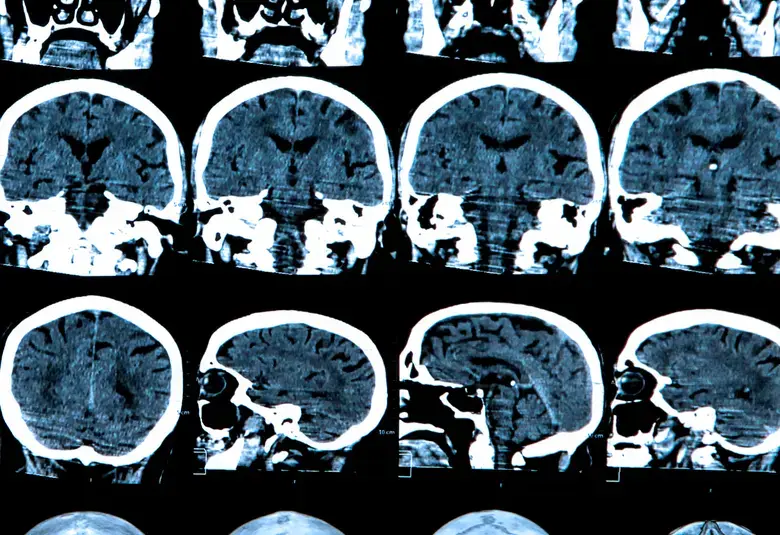Schizophrenia presents differently in different patients, yet due to a lack of objective means to characterize disorder, guide treatment choices and predict clinical outcomes, clinicians often have no choice but to follow a trial-and-error treatment approach with every patient.1 This need to develop clinically relevant biomarkers to help describe clinical heterogeneity, choose appropriate treatment approaches and inform prognoses is what motivates Dr. Nina Kraguljac (University of Alabama at Birmingham, USA). At the Schizophrenia International Research Society (SIRS) congress in Toronto, Canada, Dr. Kraguljac shared some of the work that has been done to date in the effort to identify neuroimaging biomarkers in schizophrenia.2
Neuroimaging in psychosis
Nuclear magnetic resonance (NMR) spectroscopy imaging has demonstrated increased levels of GLX, a combination of glutamate and glutamine, in the unmedicated brains of many (but not all) patients with schizophrenia as compared to healthy controls. This finding lends support to the glutamatergic hypothesis of schizophrenia.1,2
Whole brain fractional anisotropy has demonstrated abnormalities in white matter tracts in many antipsychotic medication naïve patients, who have experienced first-episode psychosis.
Whole brain fractional anisotropy (FA) has demonstrated abnormalities in white matter tracts in many (but not all) antipsychotic medication naïve patients, who have experienced first-episode psychosis (FEP). Furthermore, they found a relationship between duration of untreated psychosis and fractional anisotropy: the longer patients went without treatment, the worse their FA. They also found that the better the integrity of the white matter, the better the response to treatment.1,2
Different clinical subgroups show differences in imaging.
Dr. Kraguljac cautions that while comparing averages can identify certain trends, it is not helpful on an individual level.
Normative modelling
Pediatricians compiled growth curve charts so that they can identify where a child’s development falls within the range of normal, and if they fall outside of the normal range, by how many standard deviations. This approach, called normative modelling, is now being applied to brains. This has only been possible due to the collection of large datasets that have been accumulated over the past 20 years.
Normative modelling has permitted some important observations.2 For instance, change in cortical thickness with aging is not a linear process. Also, individual brain regions follow different trajectories as they develop.
Normative models for brain microstructure (for instance, white matter, grey matter) do not yet exist, but Dr. Kraguljac’s group has secured funding to proceed with this undertaking.
Prediction of treatment response
Structural abnormalities seem to be reflective of dopamine abnormalities, and therefore may predict a favourable treatment response
Researchers are now moving towards individual level characterizations as proof of concept for clinical relevance.2 For instance, they explored if brain volumes of subcortical regions can predict response to antipsychotic treatments; they found that raw volumes are not predictive of treatment response, but instead found that smaller caudate volumes seem to respond better to treatment. They have also discovered that structural abnormalities seem to be reflective of dopamine abnormalities and therefore may predict a favourable treatment response. A higher number of negative deviations away from the normal range of cortical thickness seems to be correlated with a poorer treatment response.
Future directions
“Normative modelling is great because it allows to be more precise about what is normal, and being able to be precise about what is normal allows us to be more precise about what is abnormal in the brains of our patients.”
Dr. Kraguljac concluded, “normative modelling is great because it allows to be more precise about what is normal, and being able to be precise about what is normal allows us to be more precise about what is abnormal in the brains of our patients.”
She anticipates the development of diagnostic markers that have predictive value; as they will be useful to develop treatments which target specific subtypes of patients, choose appropriate treatments and formulate an accurate prognosis.2




